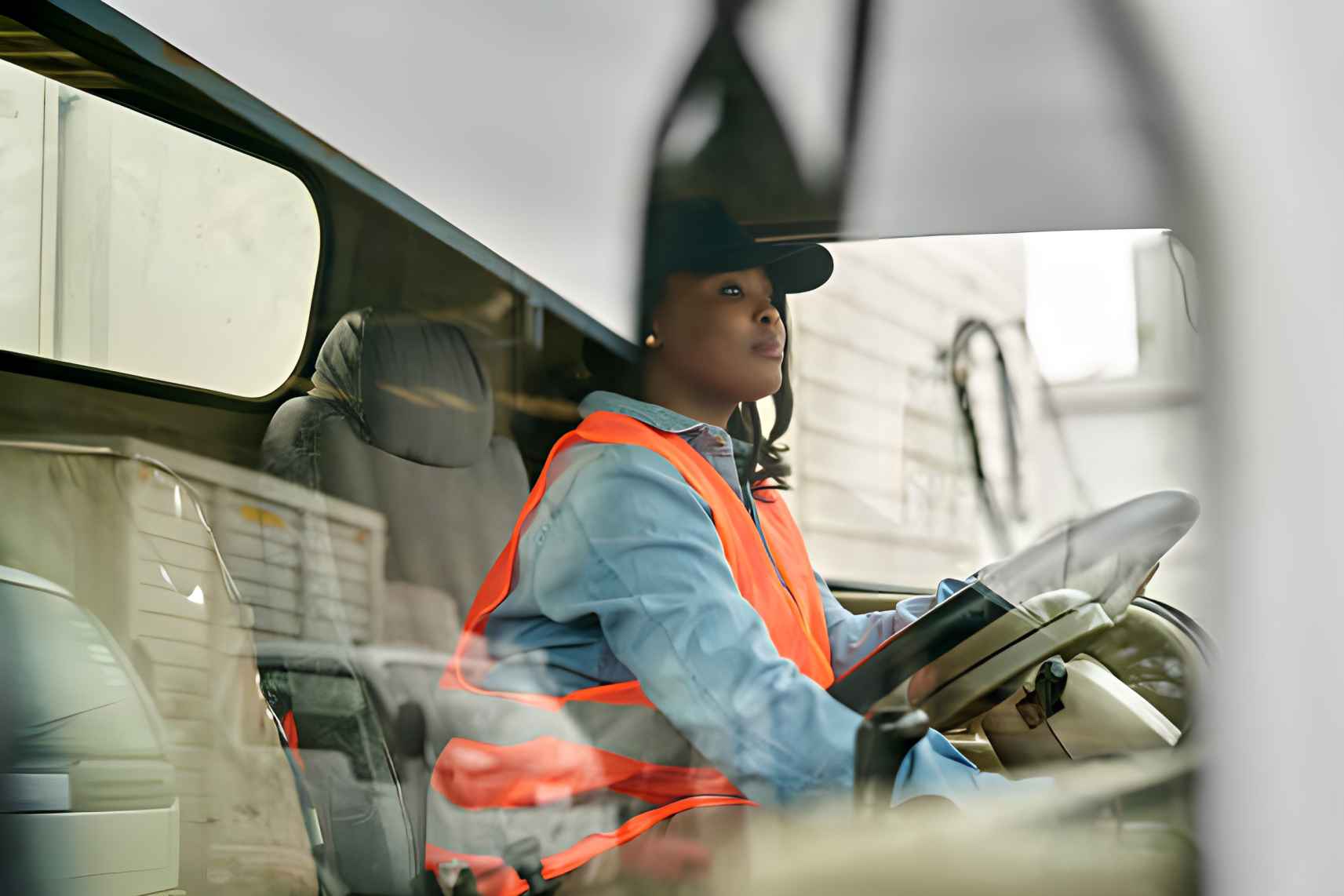Commercial vehicle accidents can be complex, involving multiple parties and intricate laws. When lawyers take on such cases, they follow a thorough investigation process to uncover the facts, establish liability, and ensure that their clients receive fair compensation.
Here’s how they typically approach these investigations: Play sprunki phase 28 Anytime, Anywhere!
- Initial Consultation and Case Evaluation
Understanding Client’s Perspective: Lawyers first listen to their client’s account of the accident to understand the incident from their viewpoint.
Assessing Immediate Needs: They evaluate immediate needs such as medical care or interim financial support. - Gathering Evidence
Accident Scene Analysis: Lawyers often visit the accident scene to understand the dynamics of the crash.
Vehicle Inspection: Inspecting the involved commercial vehicle(s) for defects, maintenance records, or any modifications.
Photographic Evidence: Collecting photos from the accident scene, including skid marks, vehicle positions, and road conditions. - Reviewing Documentation
Police and Accident Reports: Analyzing reports made by police or accident investigators for details about the accident.
Medical Records: Reviewing medical records to understand the extent of injuries sustained by their client.
Driver’s Logs: Checking the commercial vehicle driver’s logs for compliance with regulations like hours of service. - Utilizing Technology
Electronic Data Retrieval: Accessing data from electronic logging devices (ELDs) and GPS systems in commercial vehicles.
Accident Reconstruction: Employing specialists to reconstruct the accident using technology to determine the sequence of events. - Legal Research
Regulatory Compliance: Investigating whether the commercial vehicle and driver were in compliance with state and federal regulations.
Precedent Cases: Researching similar cases to understand how courts have ruled in comparable situations. - Interviews and Depositions
Witness Interviews: Speaking with eyewitnesses to get an independent account of the accident.
Expert Consultations: Consulting with experts in fields like accident reconstruction, automotive engineering, or medical professions.
Deposing Involved Parties: Taking depositions of the driver, company representatives, and other relevant personnel. - Dealing with Insurance Companies
Liaising with Insurers: Negotiating with insurance companies involved in the accident.
Assessing Coverage and Policies: Reviewing insurance policies of all parties to understand coverage limits and terms. - Identifying Liability and Damages
Determining Fault: Assessing fault based on evidence, regulations, and legal standards.
Calculating Damages: Estimating compensation for medical expenses, lost income, pain and suffering, and other damages. - Legal Strategies and Litigation
Developing Legal Strategy: Formulating a strategy based on the evidence and legal precedents.
Filing Lawsuits: If necessary, initiating legal action against responsible parties. - Settlement Negotiations
Negotiating Settlements: Engaging in negotiations to reach a fair settlement before the case goes to trial. - Trial Preparation and Representation
Preparing for Trial: If a settlement is not reached, preparing for a court trial.
Court Representation: Representing the client in court, presenting evidence, and arguing the case.

What’s up Dear, are you truly visiting this web page regularly, if so afterward you will absolutely
get fastidious knowledge.!